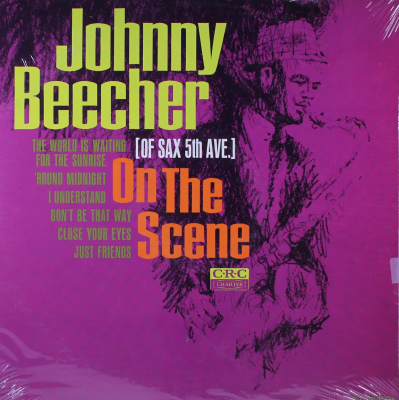..
.
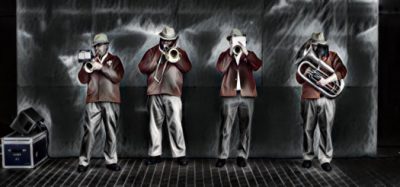
“Orange Quartet” by Russell Dupont
.
___
.
…..New England artist Russell Dupont possesses a great love of jazz, art and photography. His paintings, prints and photographs have been widely exhibited, and are in a number of public and private collections, including the Print Collection of The Boston Public Library; The Art Collections of both Brigham & Women’s Hospital and The Dana Farber Cancer Institute. He is a former artist-in-residence at the Milton Art Museum, and his work was featured in the Fall collection of poetry on Jerry Jazz Musician, published in October.
…..Russell is also the author of two novels — King & Train and Waiting for the Turk; two chapbooks of poetry – Winter, 1948 and Establishing Home Plate; and two non-fiction chapbooks — Up in Wisconsin: Travels with Kinsley and There Is No Dam Now At Richford.
…..Th The “before and after” work featured in this post utilizes a combination of Russell’s love for jazz, art, and photography, and when combined with modern digital technology, results in a rare way to experience the art of the music.
…..Russell introduces his work…
.
.

.
“Come on babe
why don’t we paint the town,
and all that Jazz”
[Music by John Kander
and Lyrics by Fred Ebb]
.
___
.
…..I had the fortune to grow up around uncles, not much older than I, who had an intense interest in jazz and passed that along to me. At first, I didn’t have a clue when they spoke about a “Bird” or a “Monk,” or some guy they called “Cannonball.” But eventually, I began to absorb and even understand some of what they were talking about and listening to. Around the same time, when I was in my teens, I picked up a camera and began photographing my friends and walking the streets of Boston taking pictures.
…..Somewhere along the way, I saw some photos by a photographer, William Claxton; photos of the same artists whose records my uncles played. Years later, I experienced the same surge of excitement when I looked at the jazz collages of an artist named Romare Bearden and something clicked — the realization that jazz and art were intimately connected.
…..Boston had a pretty lively jazz scene at the time, along with an iconic radio personality, Norm Nathan, whose show “Sounds in the Night’ lulled me to sleep but it never would have dawned on me to walk into The Hi-Hat or Wally’s, pull out my camera and star snapping pictures.
…..I heard that, on a few summer nights, a group of three or four guys got together on the front steps on one of the buildings in the notorious Columbia Point Housing Project and played jazz. I lived a short walk away in South Boston, picked up my camera and wandered over one evening. Four of those photos appear here. The other four were taken one summer day when I stumbled across a jazz “festival” set up outside of the Jordan Marsh Department Store in Boston.
…..My photographic style at that time was straight-up, get-in-your-face photography; but I remember reading a quote by some famous photographer — “The photo is only the beginning” — and began “playing” with my photos; painting over them, cutting them up for montages, altering them in different ways; often tedious work when my darkroom was in the bathroom and I had to wait until my children were in bed before getting to work.
…..Then, computers and programs like Photoshop arrived and I found a multitude of ways to alter, enhance, change some of the photos I took. The photos here represent my love of jazz, my love of art and my love of photography.
.
-Russell Dupont
.
.
___
.
.
The “Columbia Point” Photographs
.
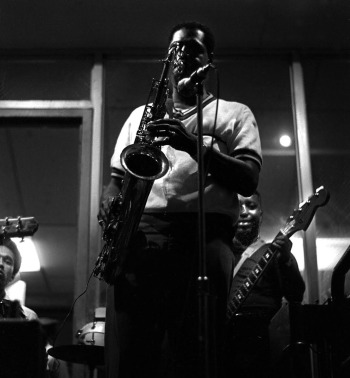 |
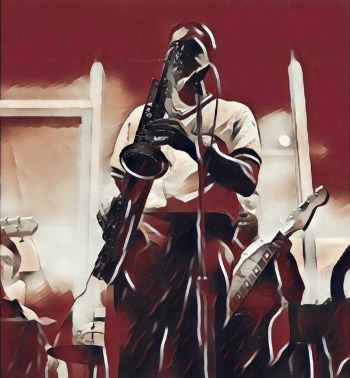 |
“Sax”
.
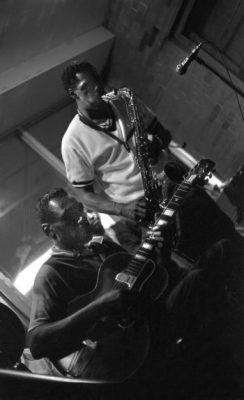 |
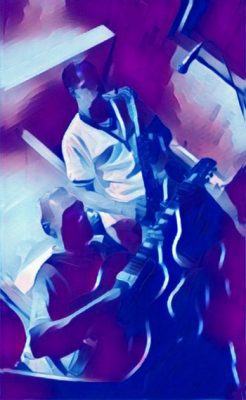 |
“Um Abraco No Getz”
.
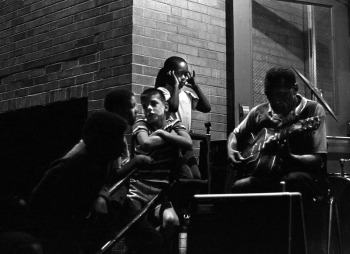 |
 |
“Groovin'”
.
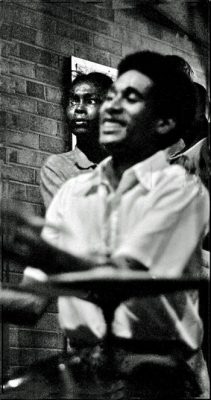 |
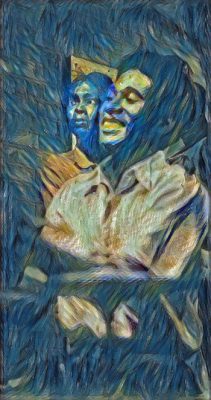 |
“Drummer”
.
The “Jazz Festival” Photographs
.
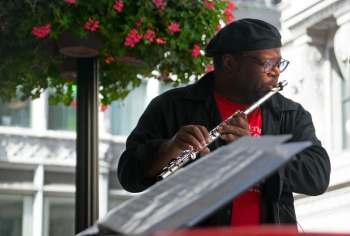 |
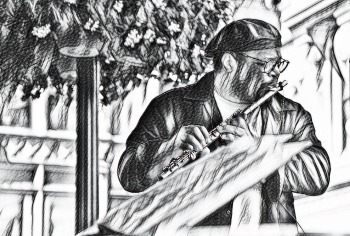 |
“Bamboo Flute Blues”
.
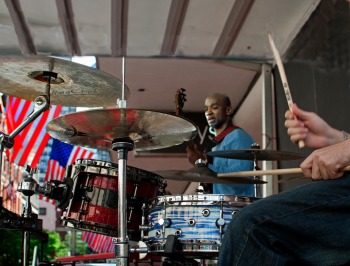 |
 |
“Combo”
.
 |
 |
“Flutist”
.
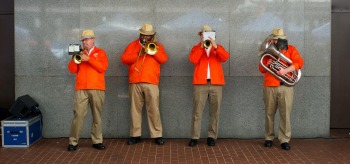 |
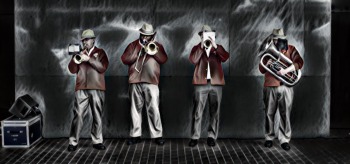 |
“Orange Quartet”
.
___
.
.
All photographs copyright Russell Dupont
For more information about Russell’s work, visit his website by clicking here
.
.
.







